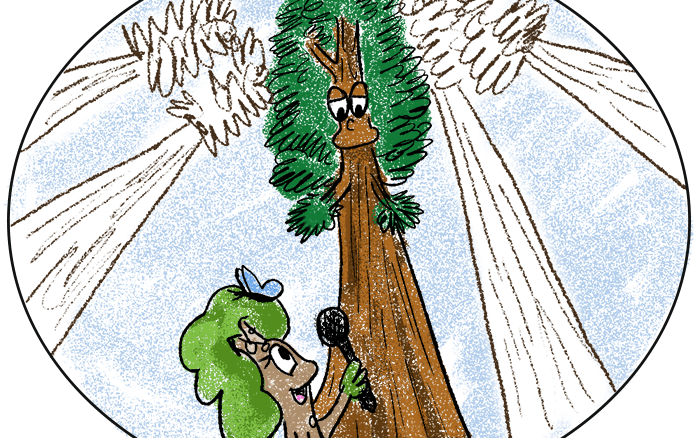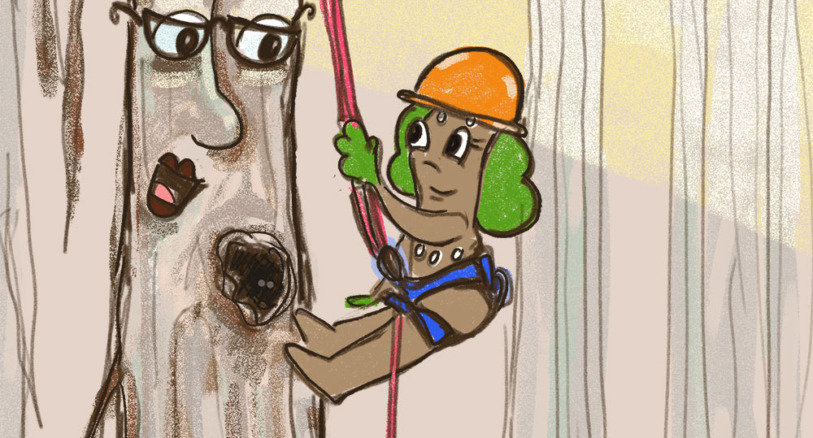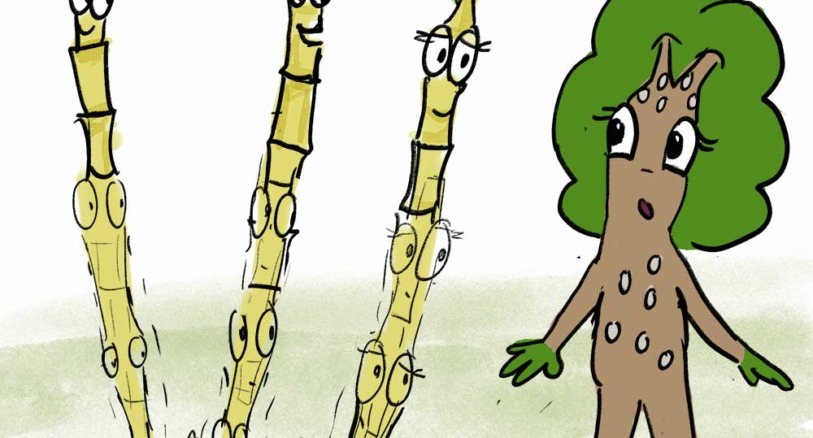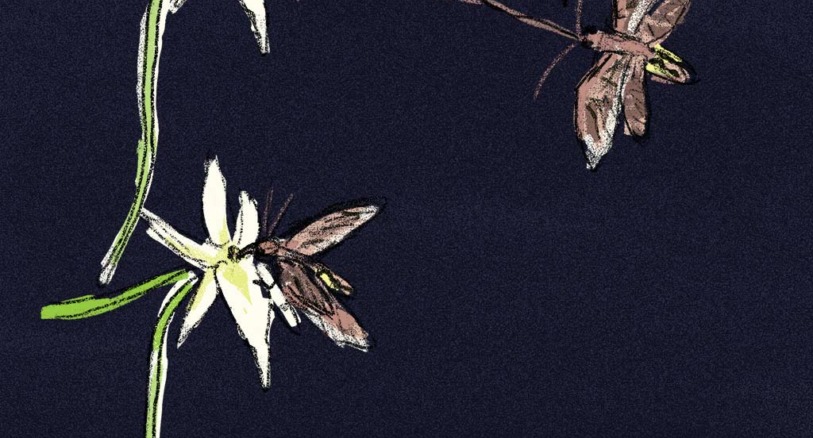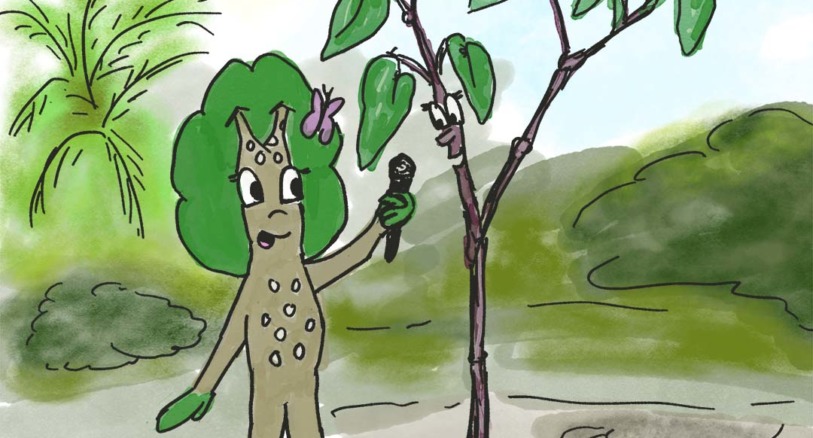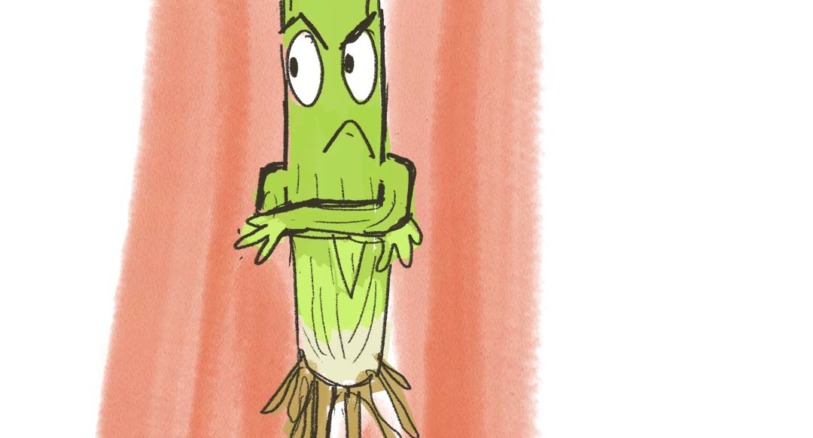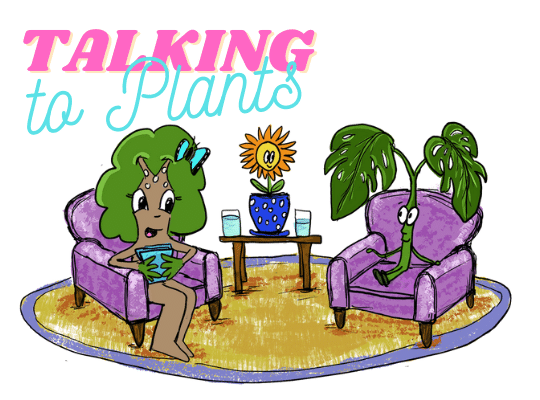
Today’s guest: Neelakurinji (Strobilanthes kunthiana)
Sofia: Hello! Today we are in the Western Ghats mountain range in India with our special guest Neelakurinji. Neelakuriniji is a shrub with beautiful purplish-blue flowers.
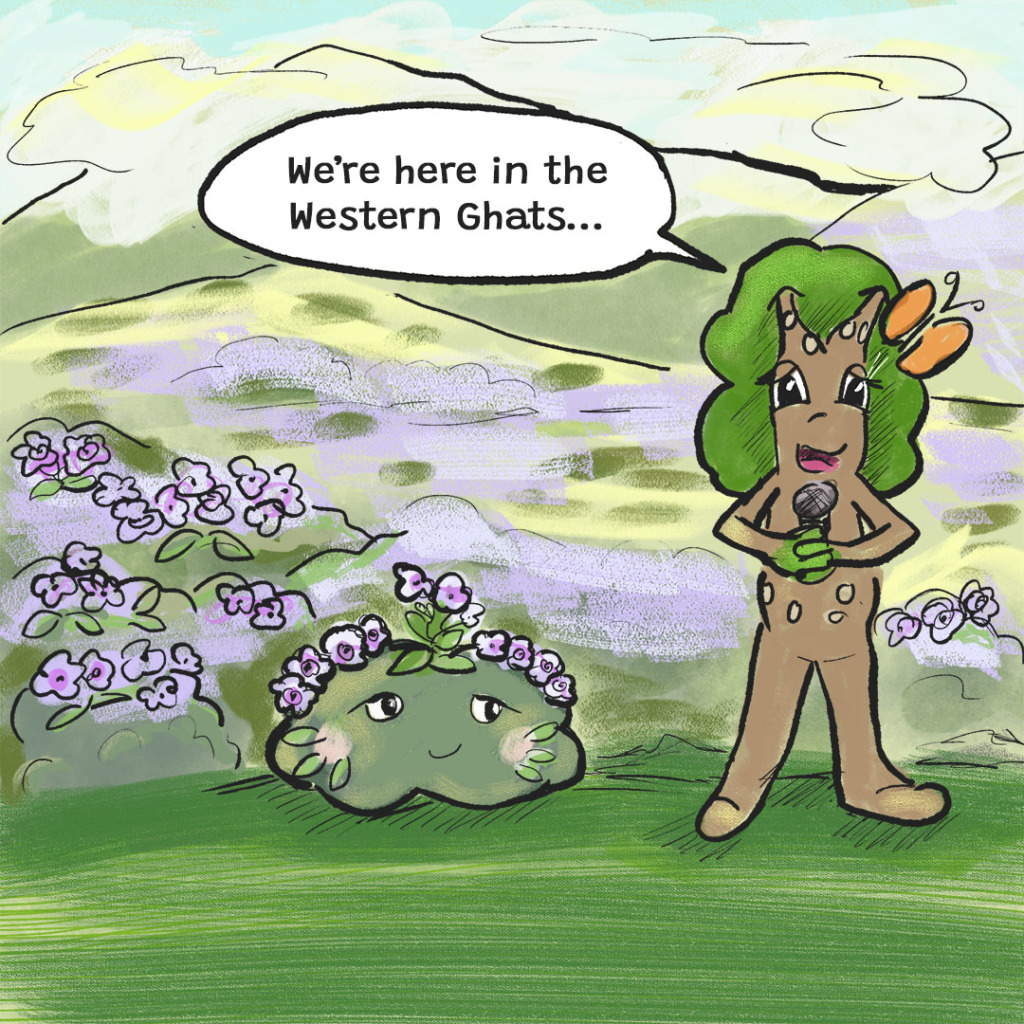
Neela: It’s great to be on your show, Sofia. My friends call me Neela, so you can too.
Sofia: It’s nice to meet you, Neela! You have an amazing mountain range here.
Neela: Thanks, Sofia. My fellow neelakurinji and I like it. We like to think that we help to brighten it up.
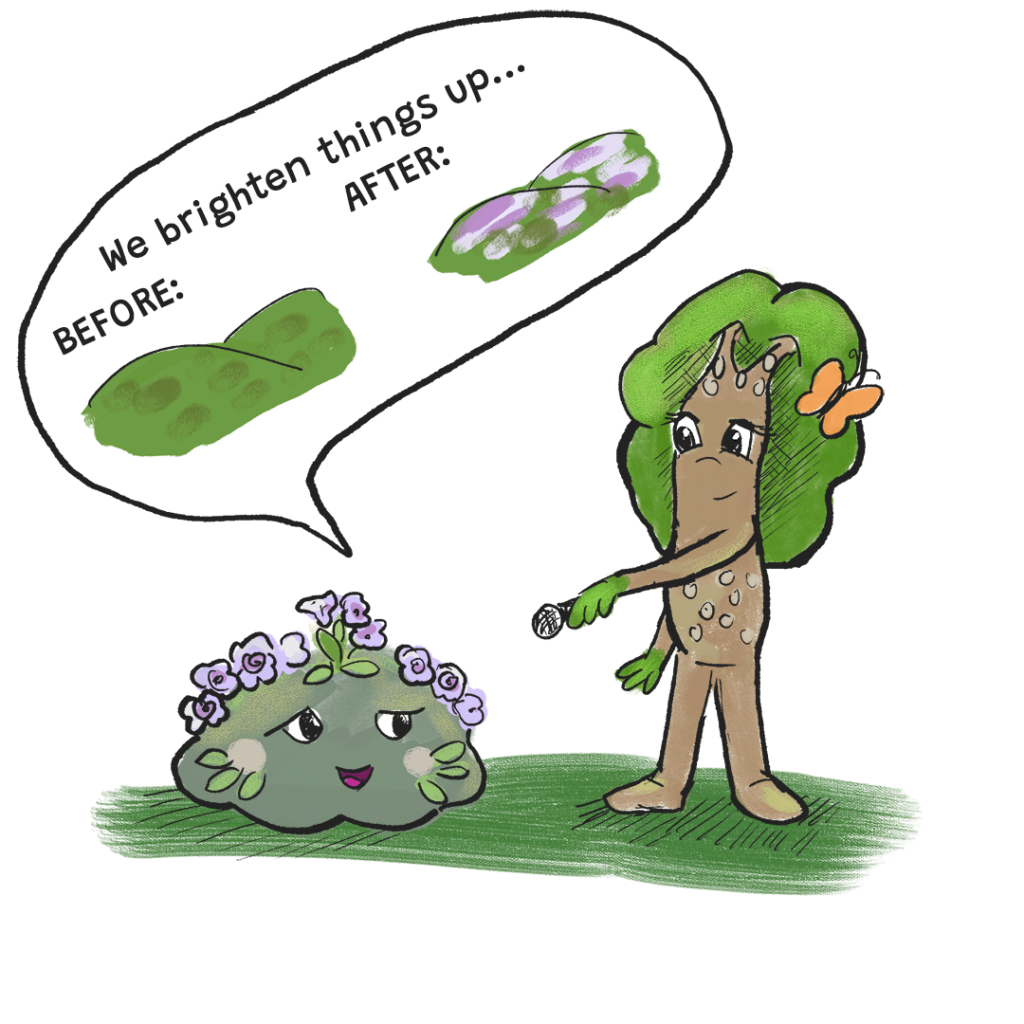
Sofia: Yes, you are famous for brightening up the mountains. Tell us about that!
Neela: Many plant species bloom and produce flowers every year. Some plant species bloom only when environmental conditions are right, like in a really wet year. We neelakurinji do something different – we bloom every 12 years.
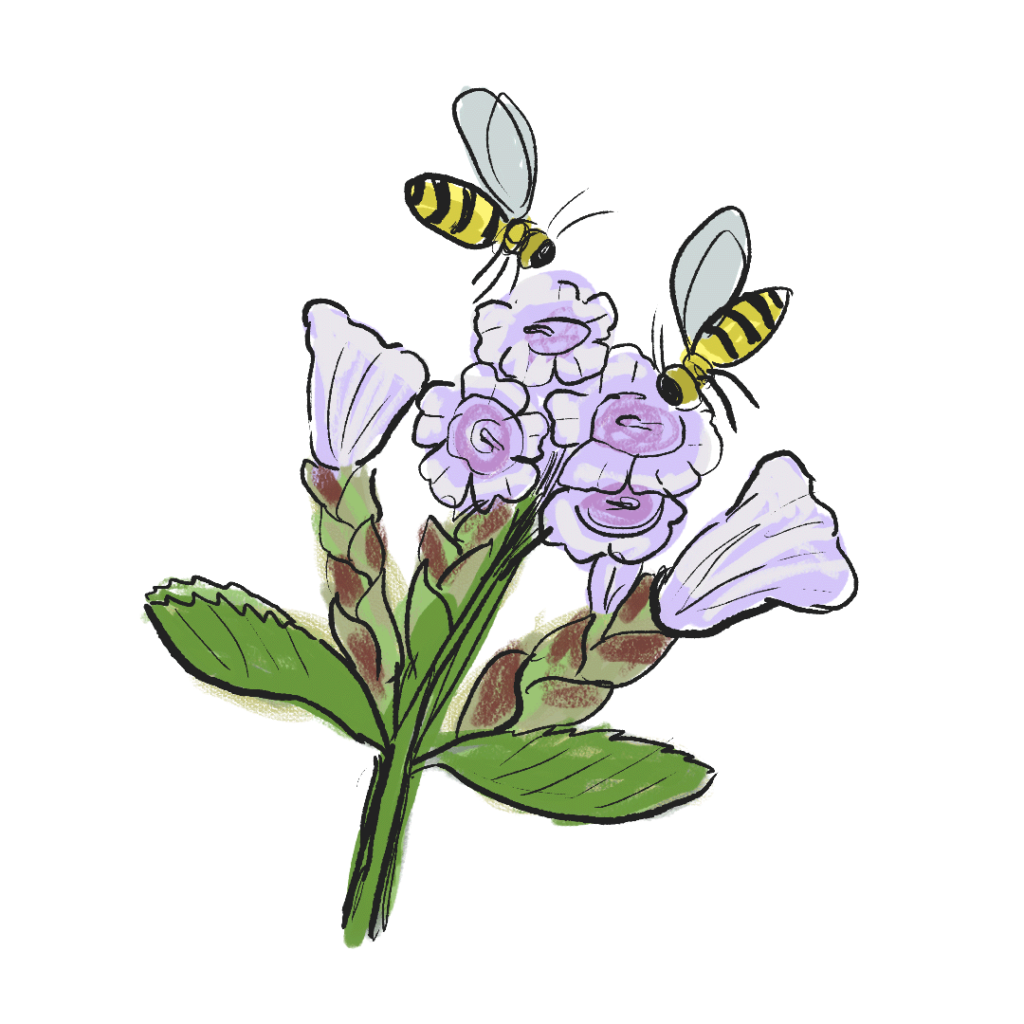
Sofia: And when that 12 years roll around, do only some of you bloom while others wait to bloom in the next 12 years?
Neela: Nope! We bloom all at once. I don’t want to brag, but it’s really spectacular. When it’s time to bloom we go BOOM!
Our range in the Western Ghats are carpeted in one fantastic wave of our purple flowers. People come from all over to watch our bloom boom every 12 years. We put on quite a show.
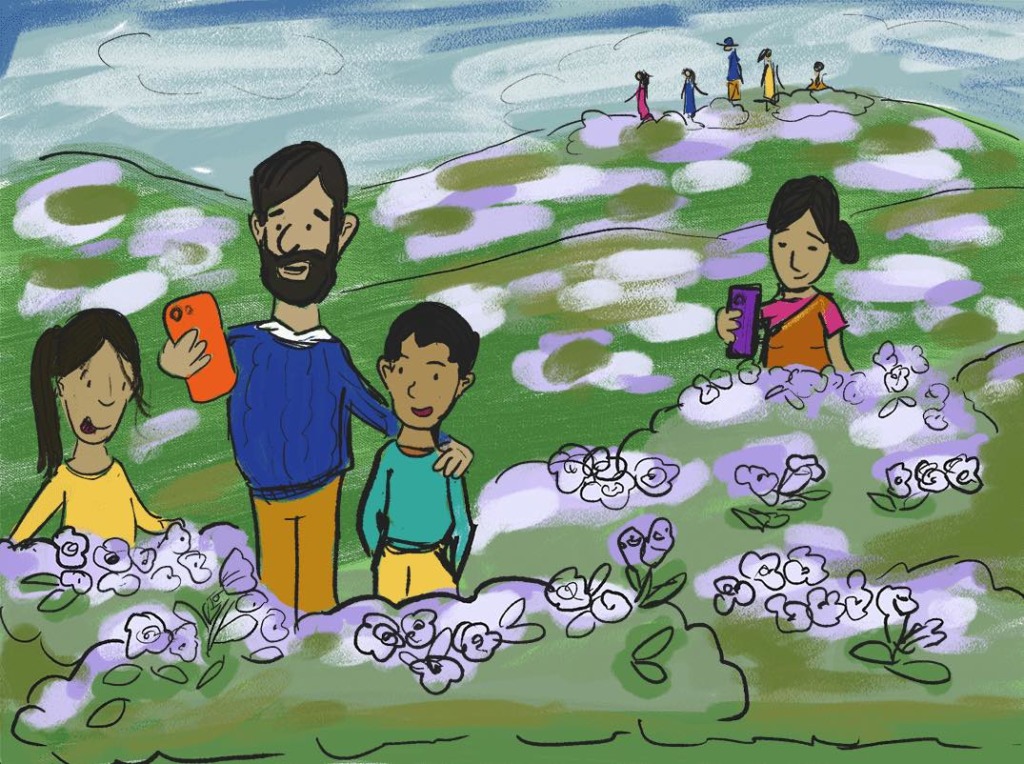
Neela: A lot of our habitat we used to live in has been turned into people space like farms and towns, but that’s another story. We’re still here in parts of the Western Ghats, and we still put on our show every 12 years.
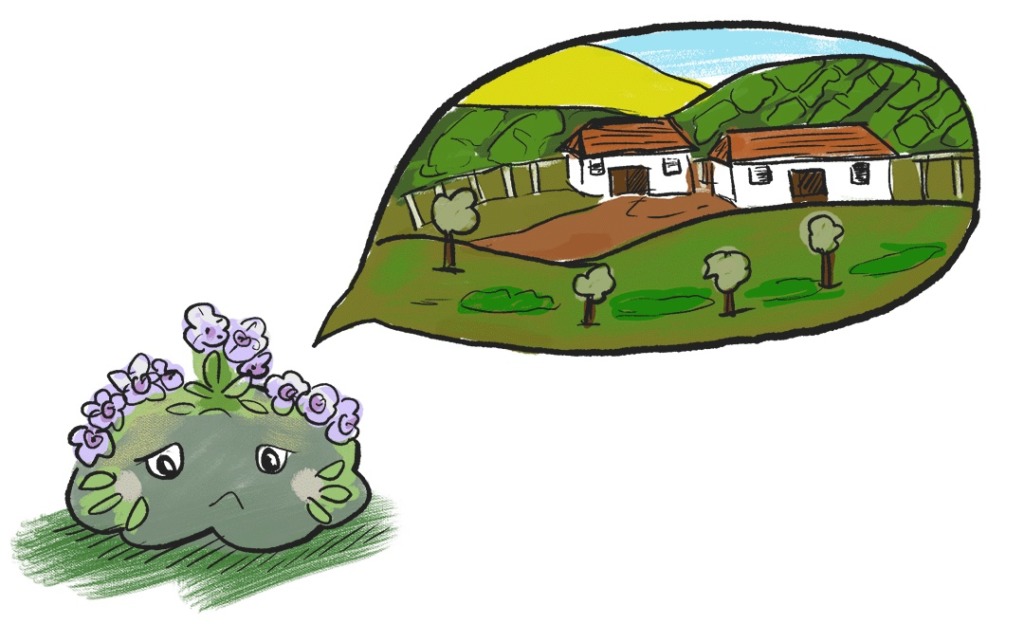
Sofia: I understand that there is a special scientific term for the flower show.
Neela: When flowers all bloom at the same time in a plant species it is called synchronous flowering or mass flowering. “Synchronous” means something that all happens at once. Do you want to hear another scientific term that applies to us?
Sofia: Of course we do!
Neela: The term is monocarpy. My neelakurinji are monocarpic. That means that our flowers bloom once, and then we die. Our saying is “Put on a show and then it’s time to go!”
Sofia: Oh, how sad! I’m so sorry to hear this.
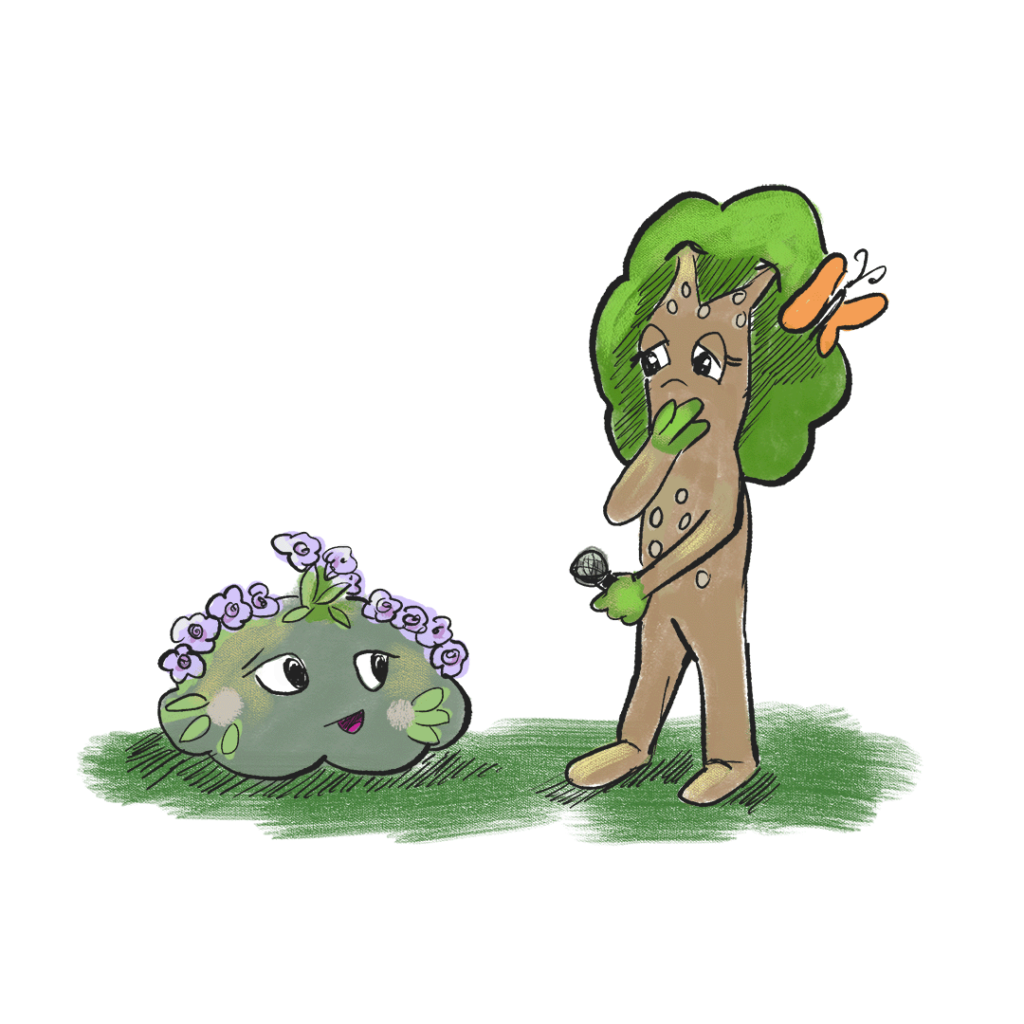
Neela: We don’t really see it as being sad, Sofia. After our flowers bloom all at once, we produce billions of seeds, and all of those seeds need space to sprout and grow.
When we adult neelakurinji die off, we open up space for our next generation to grow. This means that in 12 years our species gets to put on another spectacular show.
Sofia: Well, I guess that is a good way of looking at things. You mentioned that you all produce a lot of seeds. Why do you all bloom at once and produce all of these seeds?
Neela: Well for one thing, when all of those seeds show up at once it means that not all of them will get eaten by those rodents, insects, birds, and other animals that like to eat seeds. It guarantees that some of our seeds will survive and grow into the next generation of neelakurinji.
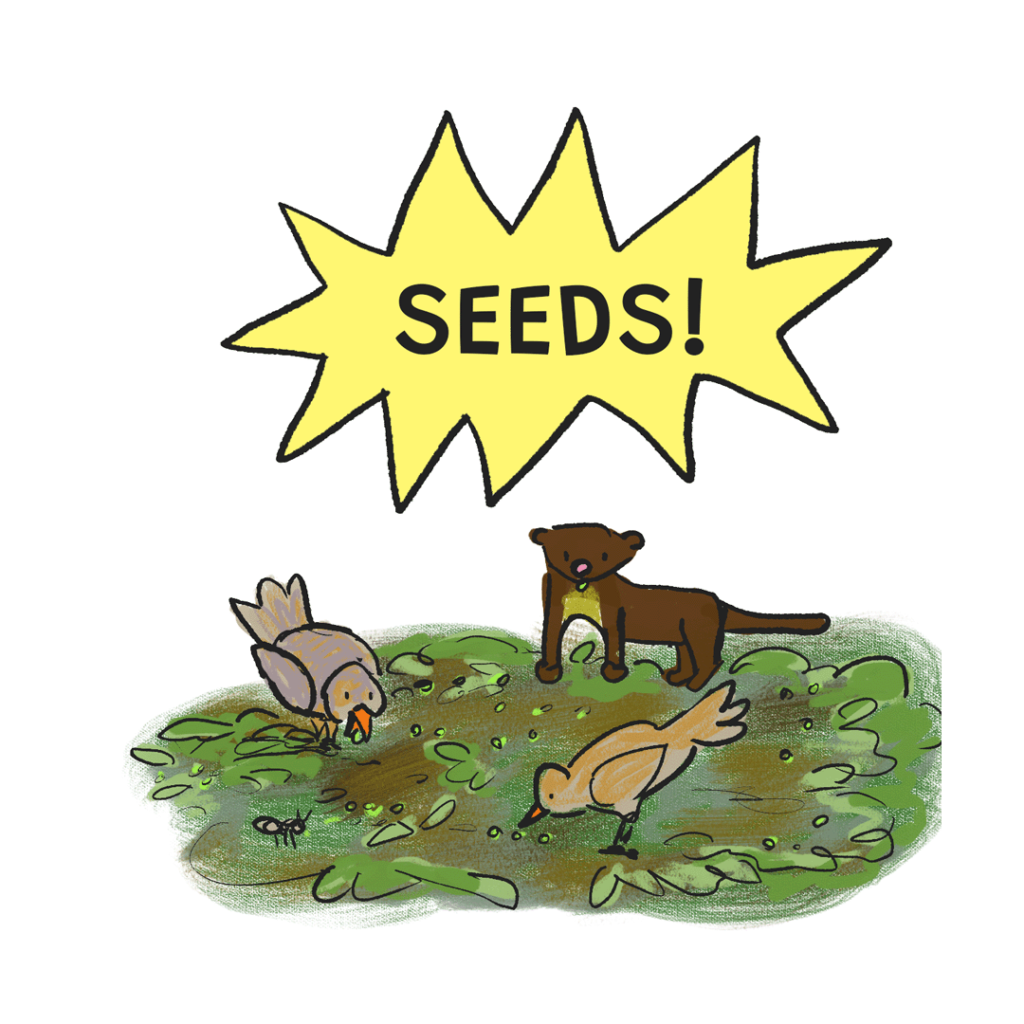
Sofia: Oh, you make an all-you-can-eat seed buffet that creates more than any seed predator can possibly eat! That’s a great idea.
Neela: We think so; the idea works for us anyway. I don’t want to run off (actually, I’m a plant, so I can’t run off), but I have to get back to putting on the bloom show and creating seeds. It’s been nice meeting you!
Sofia: It was nice meeting you too, Neela! That is all for this episode of Talking to Plants.
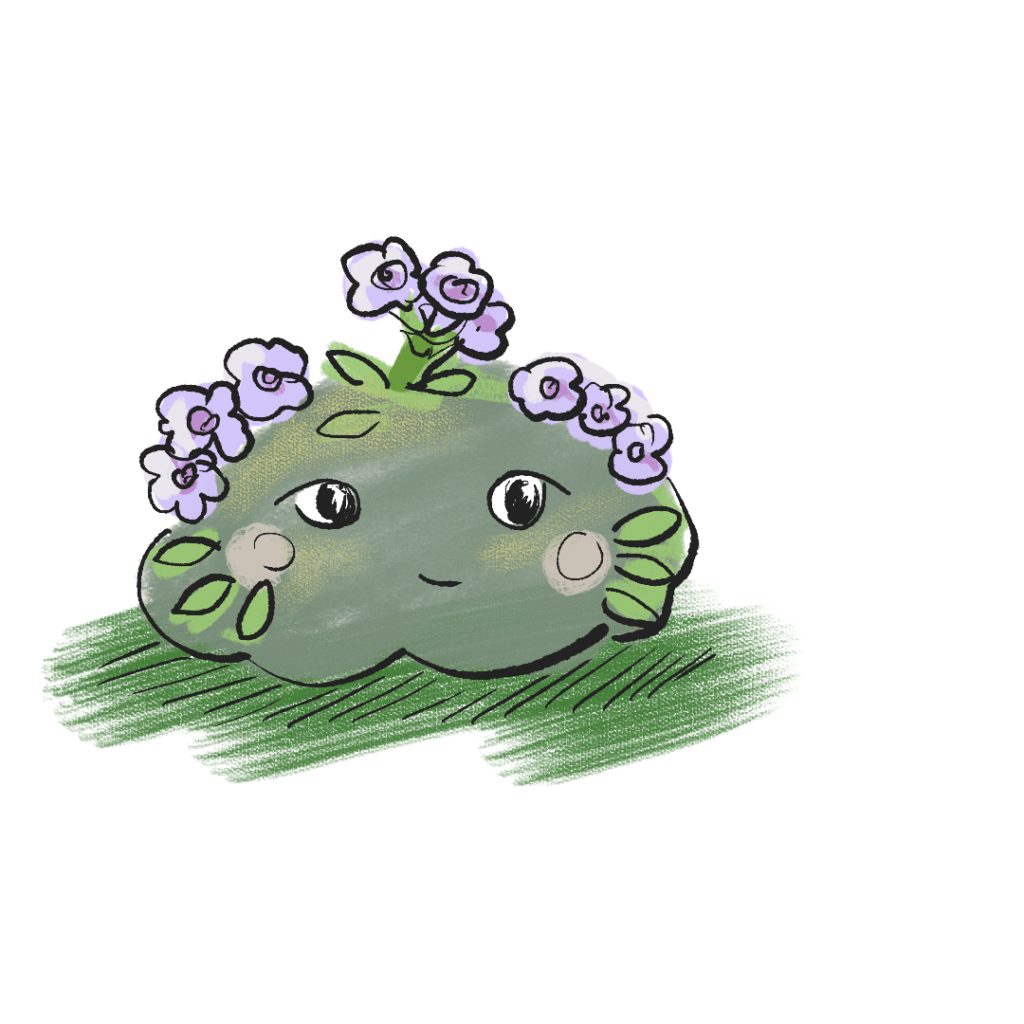
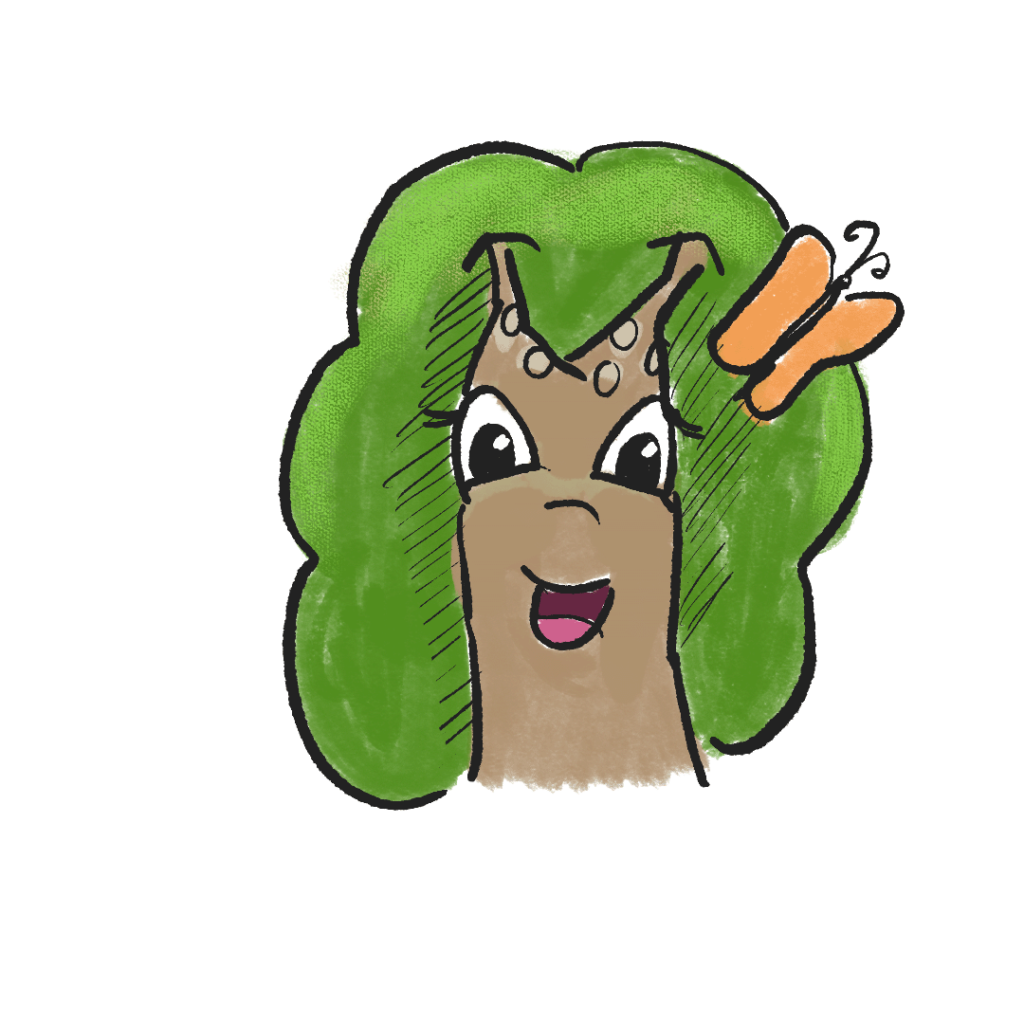
Written by David Brown, illustrated by Megan Strauss

